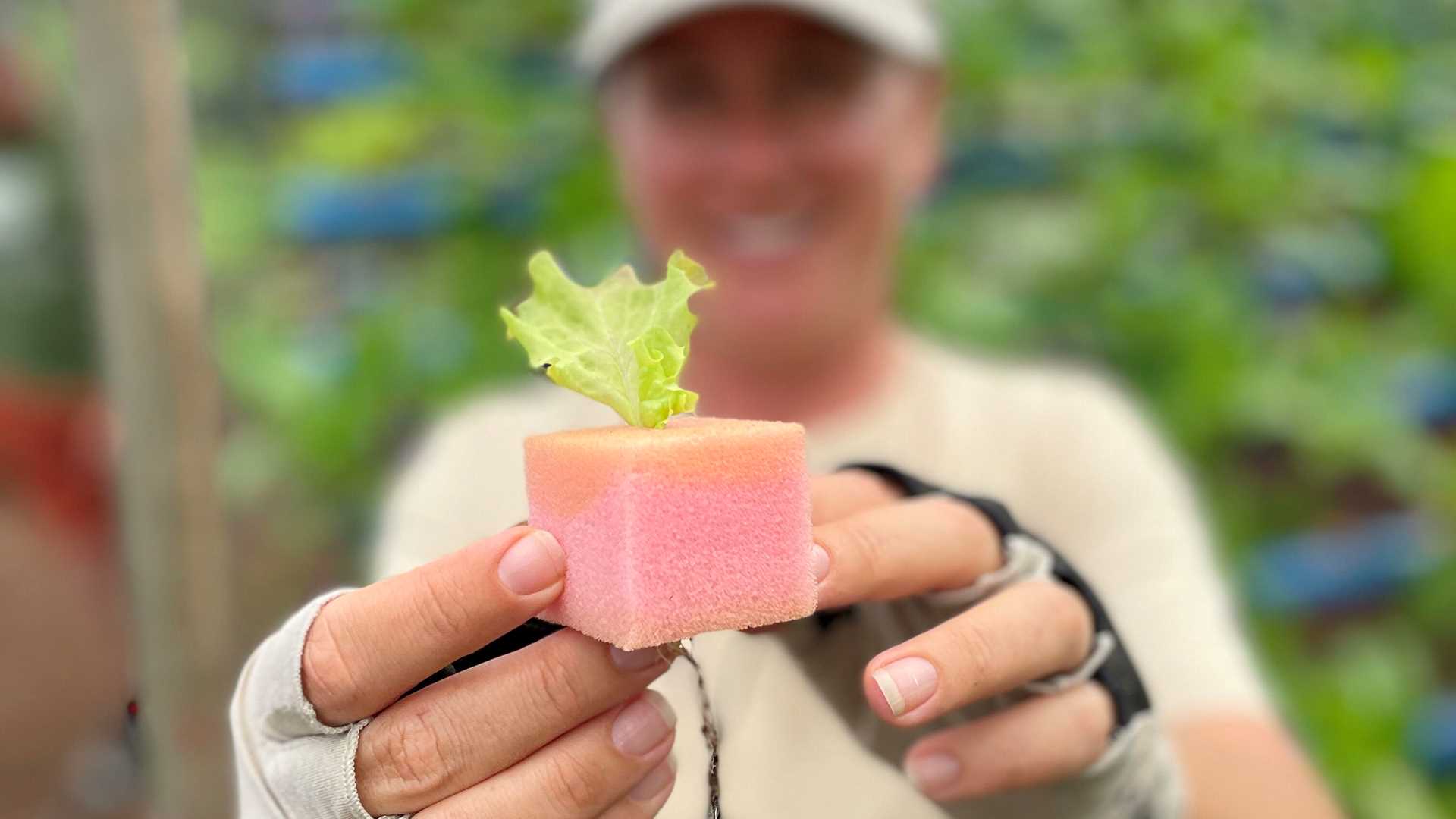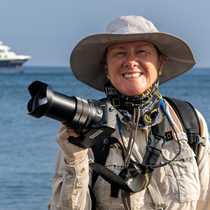The morning dawned with the town of Puerto Ayora in view — civilization! After spending two days in the wilderness of the National Park, it was a jolt to see the hustle and bustle of town. It is also the best place to see some of the significant conservation measures being taken to protect and preserve endangered species, specifically the iconic giant tortoises. When we entered the Tortoise Rearing Center in the morning, it was a dream come true for many people to finally see these giant reptiles. Young and old tortoises from various islands wandered their enclosures, interacted with each other, and searched out the bits of vegetation left over from yesterday’s buffet. Once strong enough, most of these tortoises will be repatriated to their home islands.
We then had some free time in town to see how the human element lives, and later we boarded buses for the highlands. Along the waterfront we saw the iconic location where fishermen bring their morning catch to be filleted for the residents… human and otherwise. We then had several choices of where to go next. Some visited a bilingual school that we support through scholarships. Others visited farms in the area. One stop was a young hydroponic farm which supplies us with fresh greens through low-impact, water-conserving methods. Another was a small family farm that grows organic coffee and sugarcane, and makes delicious products out of both!
Lunch was even further up in the highlands, situated on land settled by Ecuadorians long before the park existed. Here the indigenous giant tortoises of Santa Cruz Island wander through on their yearly migratory path; they follow the vegetation resulting from rainfall amid fluctuating temperatures. With our rubber boots on and cameras at the ready, we found quite a few tortoises to watch — and many of them watched us in turn.
We returned to National Geographic Endeavour II in the late afternoon. Some local artisans were invited on board, and they demonstrated their workmanship in wood, glass, and paper. Their unique work was available to take home, and was beautifully representative of the island’s people.
Believe it or not, the evening wasn’t finished yet. After dinner a talented musical group joined us on board and demonstrated what the local population can do in the form of music and dance! Some of these pieces are known from Andean musical folklore; others are original creations of this group and are fully dedicated to the islands. Endemic music and dance was a wonderful way to end the day!







